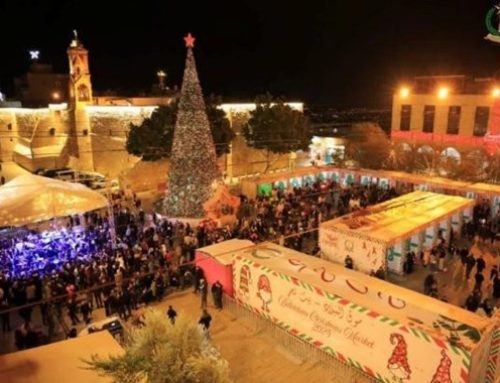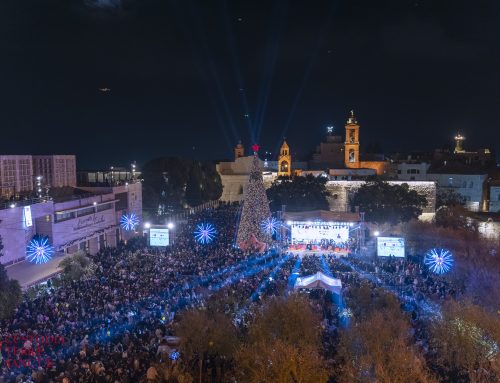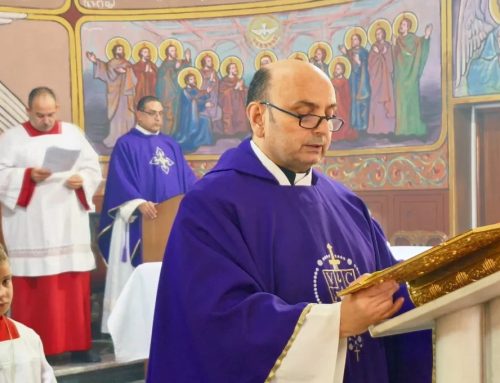The pharmacy supplied the people of Jerusalem; it was a landmark for the care of the population. According to the historical documents, it was created shortly after the arrival of the Franciscan friars in the city, in 1300. It is the pharmacy of the Custody of the Holy Land. The structure was closed in the mid-900s and today it is a wealth of artistic and archaeological heritage, thanks to the vessels, the manuscripts and all the documents accumulated over the centuries. Hence, an exhibition was organized in the halls of the Curia of the Friars.
SARA CIBIN
In charge of the Terra Sancta Museum Project
“The idea originated from an opportunity offered by the University of Turin and the Order of Pharmacists of Turin who became involved in the Museum Terra Sancta Project about a year ago and started a research, a review of archival documents and a study of these vessels.”
The outcome is the discovery of a wealth of books that tell the story of the pharmacy as well as its scientific approach. Among the valuables chosen, a herbarium with the pharmaceutical ingredients, a manuscript with written recipes with alchemical symbols and a more generic volume showing the close connection between the work of the pharmacist and that of the doctor. Over 400 vases kept by the Custody. Some of them were selected.
SARA CIBIN
In charge of the Terra Sancta Museum Project
“We wanted to choose models of the various schools, the different backgrounds and the different forms of these vessels. The pharmacy obviously needed vases to contain the different pharmaceutical formulas: liquids, solids, pills; the vessels represent all these different uses.”
Before being exhibited, the vases must go through some restoration steps. The person in charge of these activities is Mateusz, Polish, graduate of Nicolaus Copernicus University in Torun who has been a collaborator of the Custody for the past five years.
MATEUSZ CHOROSIŃSKI
In charge of Restoration of Archaeological Finds – Holy Land Custody
“I’m restoring the collection of the Franciscan pharmacy, which consists of over 420 individual pieces, most of which need renovations, some more substantial than others. The missing parts are usually on the edges, in the base, or in the handles … “
MATEUSZ CHOROSIŃSKI
In charge of Restoration of Archaeological Finds – Holy Land Custody
“I treat them with chalk and then I add PVA glue. The next step is to paint the restored parts and I finally finish protecting the colors with acrylic resins.”
The vessels date from the 17th or 18th century. The restoration of each vase could last from a few days up to several weeks. In the laboratory of the Custody, archaeologists and restorers work daily to ensure that this heritage is not lost, so that it can be passed down to future generations over the centuries.
Source: Christian Media Center-Custodia Terra Sanctae






